New Delhi: The butterfly survey, conducted this week, recorded 8,337 individuals of the insects across 68 species in the seven biodiversity parks of Delhi Development Authority (DDA). Members from the survey board said that the butterfly numbers have remained stable over the years, with highest count in the Aravalli biodiversity park.

Faiyaz Khudsar, incharge scientist, Biodiversity Parks Programme, said that over the past five years, butterfly diversity in the DDA biodiversity parks has remained stable despite the changing weather patterns.
The census, a joint initiative by DDA and Delhi University (DU), is being conducted under the wildlife week for the last six years. This year, it saw participation from teachers, students, city volunteers and experts between October 8 and 10.
The seven DDA biodiversity parks where the survey is conducted every year are Yamuna, Aravalli, Tilpath Valley, Northern Ridge, Neela Hauz, Tughlaqabad, and Kalindi, spread over five districts. These parks lie within the Yamuna river and Aravalli hill ranges. Experts shared that despite the numbers and diversities remaining stable, there were fewer sightings at some places this year.
As per the population count, the top species observed this year are Plain Tiger, Common Emigrant Yellow Orange Tip, Lemon Pansy, Common Gull, and Common Grass Yellow. “Painted Lady is a migrant butterfly which comes from cold European countries like England and Ireland, passes through Delhi, and then migrates southwards to warmer places as butterflies are cold blooded and need warmer weather. It migrates back to the west in February-March,” Aisha Sultana, a wildlife ecologist and a senior scientist from the biodiversity parks programme, said.
A maximum of 58 butterfly species were observed in the Aravalli biodiversity park in this survey while the minimum — 18 — were found in Kalindi biodiversity park. The highest number of species recorded in the past five years was also in Aravalli, which was 65 last year.
Further, 41 species were seen in Yamuna biodiversity park, 22 in Neela Hauz park, 48 in Northern Ridge, 38 in Tilpath Valley and 45 in Tughlaqabad biodiversity parks.
“Butterflies from all five families — Papilionidae, Pieridae, Lycaneidae, Nymphalidae, Hesperiidae — were observed in the parks. Despite the unusual post-monsoon heat, the diversity was stable. This shows that the biodiversity park model is working,” Khudsar said.
Sultana said, “The parks are more resilient to climate change and also offer microniches within the habitats, as required by different butterflies, thus protecting their diversity.”
Daily butterfly counts were conducted from 9.30am to 11.30am for the three days, with groups of five to ten people designated for individual tracks.
Surya Prakash, a retired professor from the School of Life Sciences, Jawaharlal Nehru University, said that though there are over 100 species of butterflies in Delhi at present, the ones observed have changed over the past two decades. “A 2002 paper by Torben B. Larsen mentions 86 butterfly species observed in Delhi but many of them are not found now, the major reason being urbanisation and loss of habitat. One such species is Black Rajah,” Prakash mentioned.

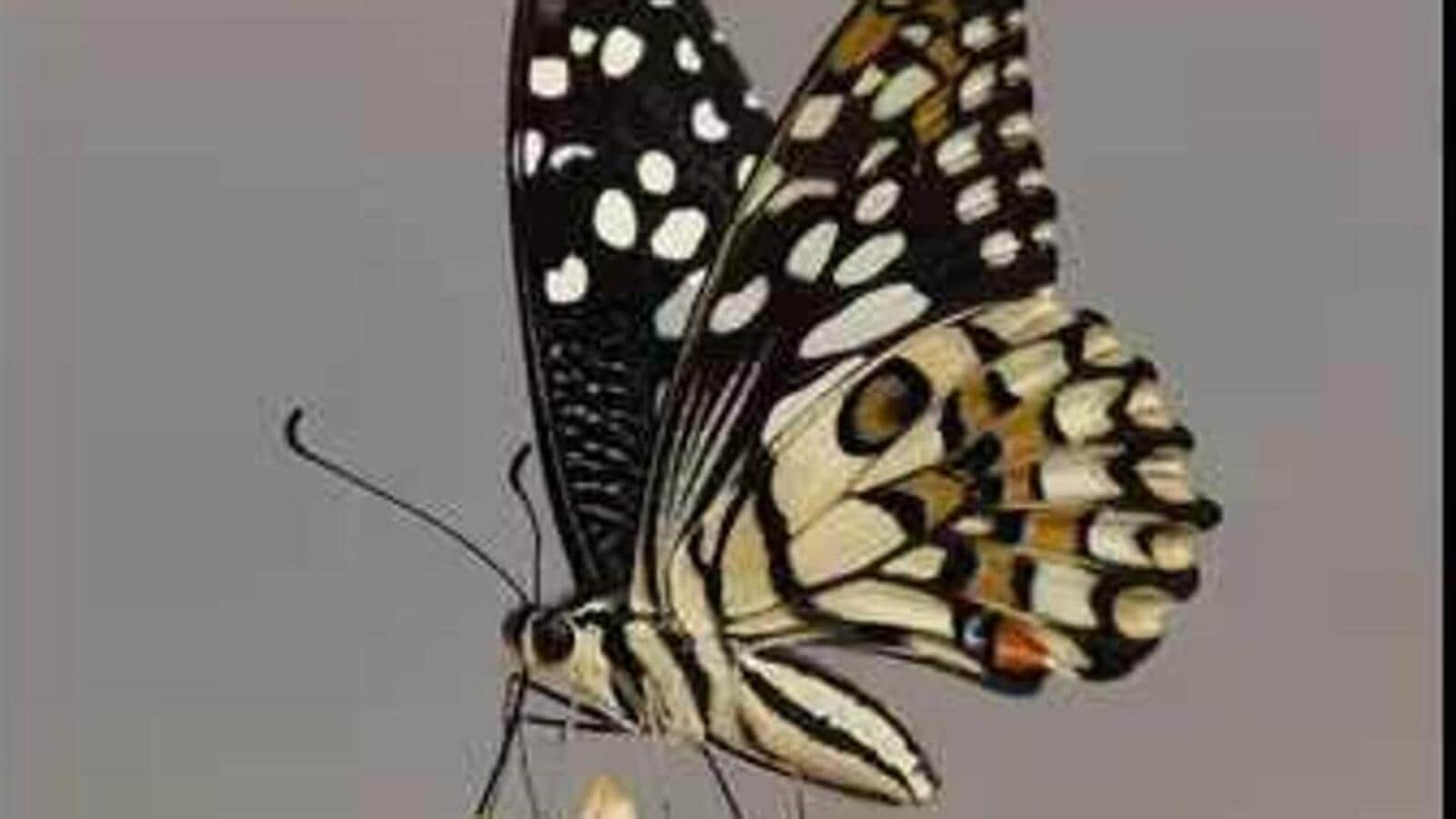

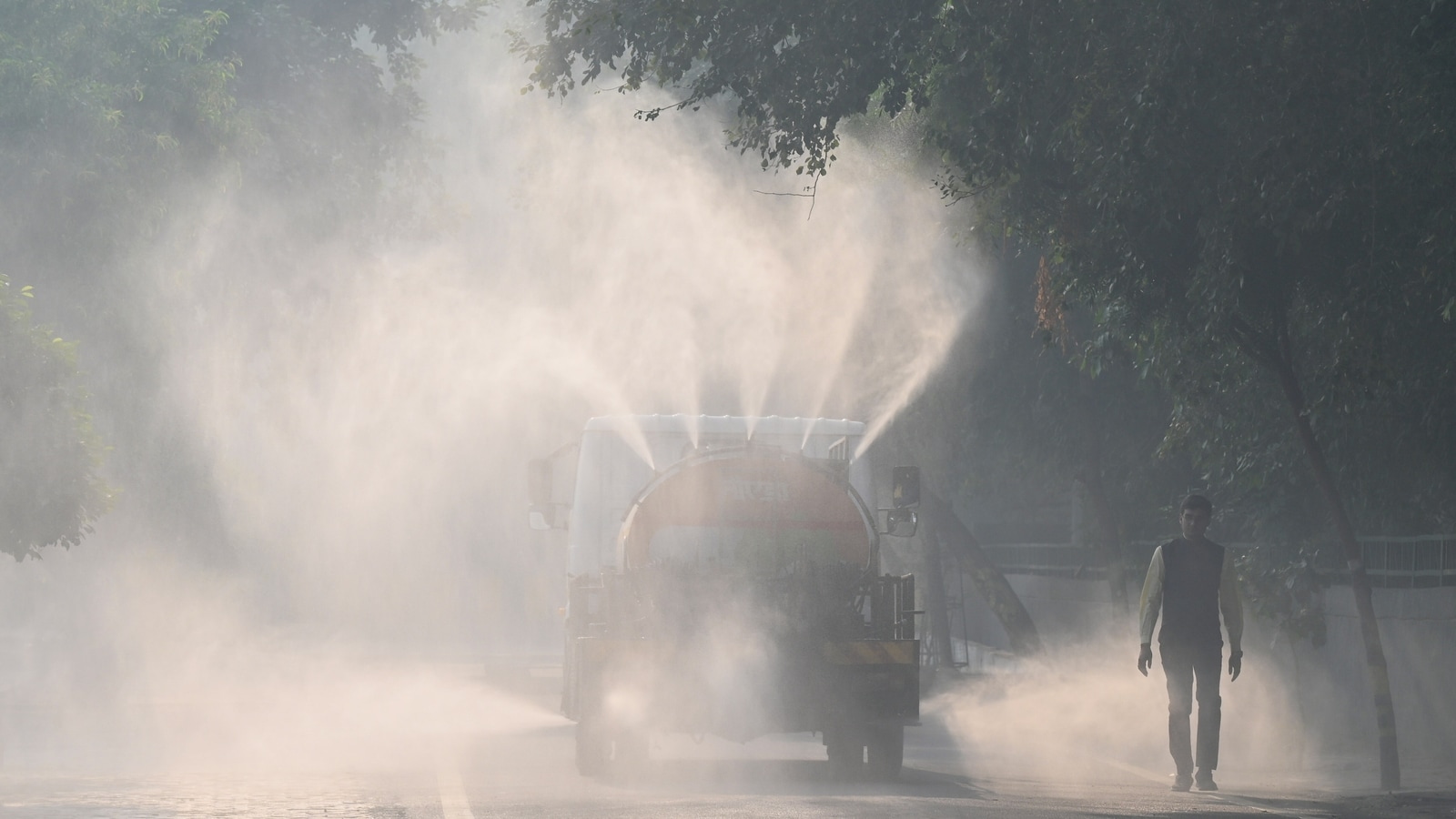

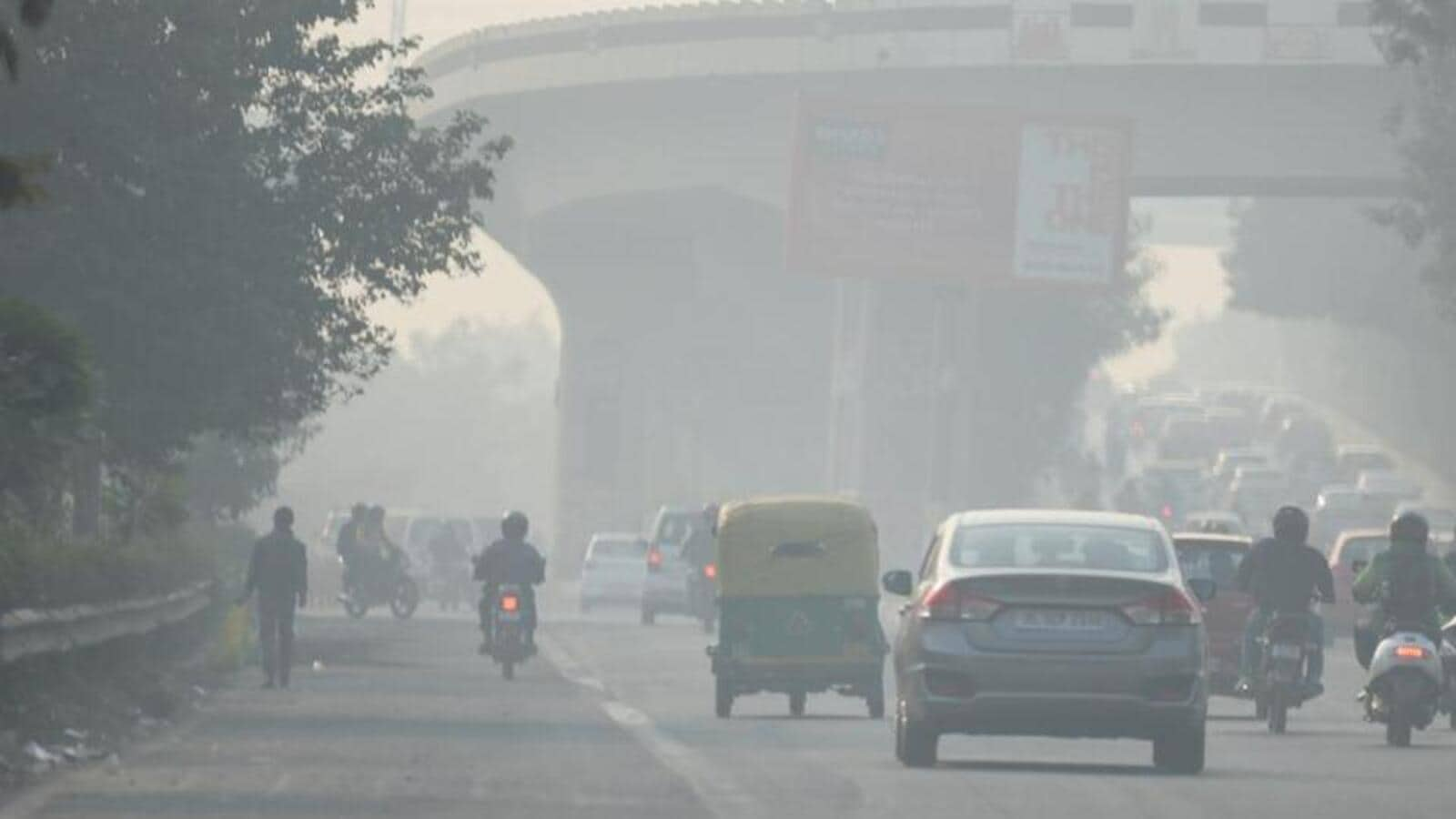
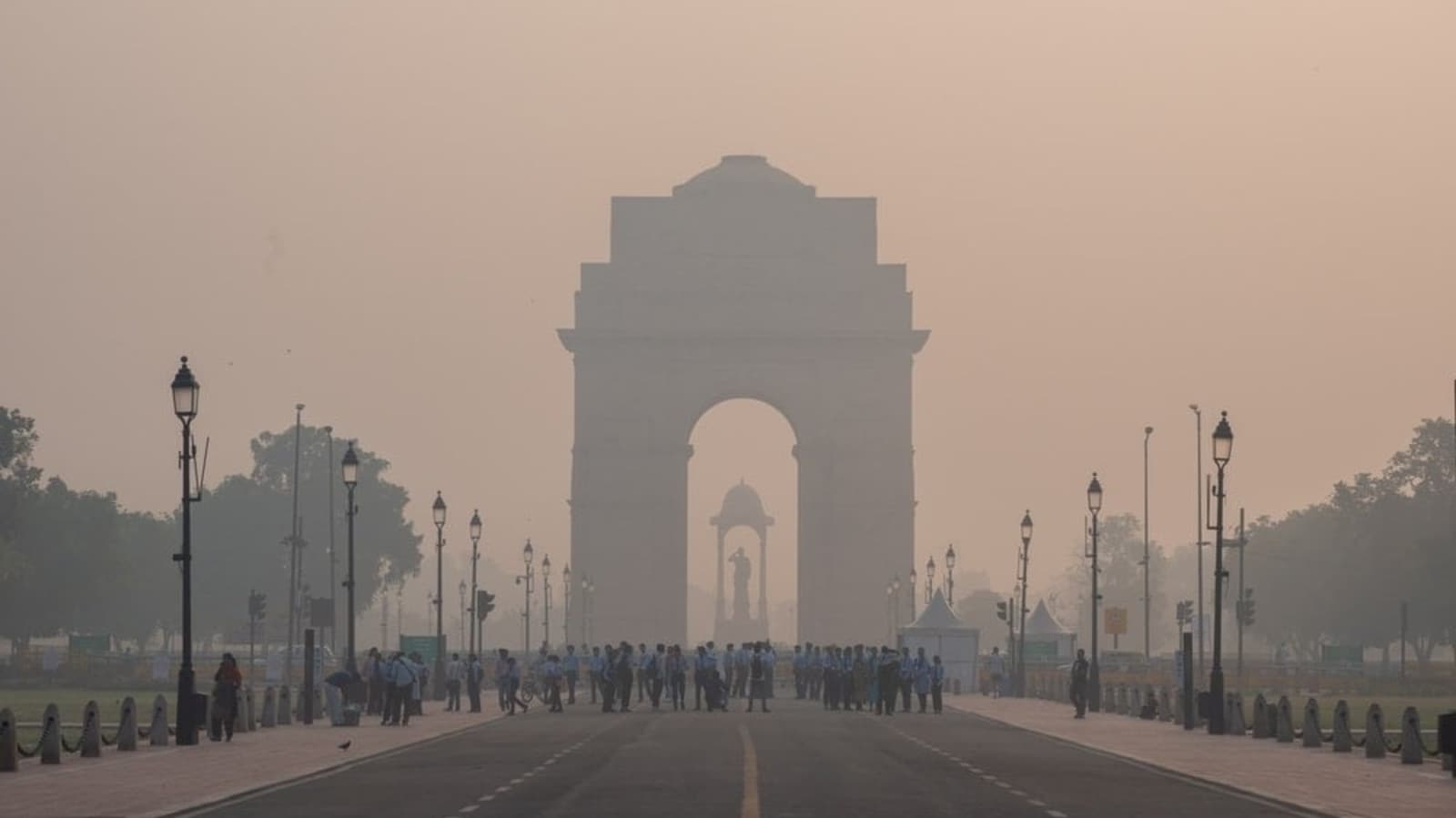

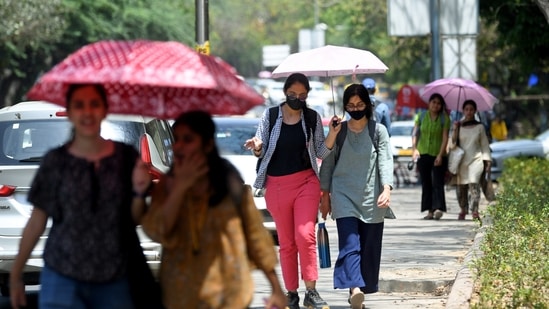


Leave a Reply